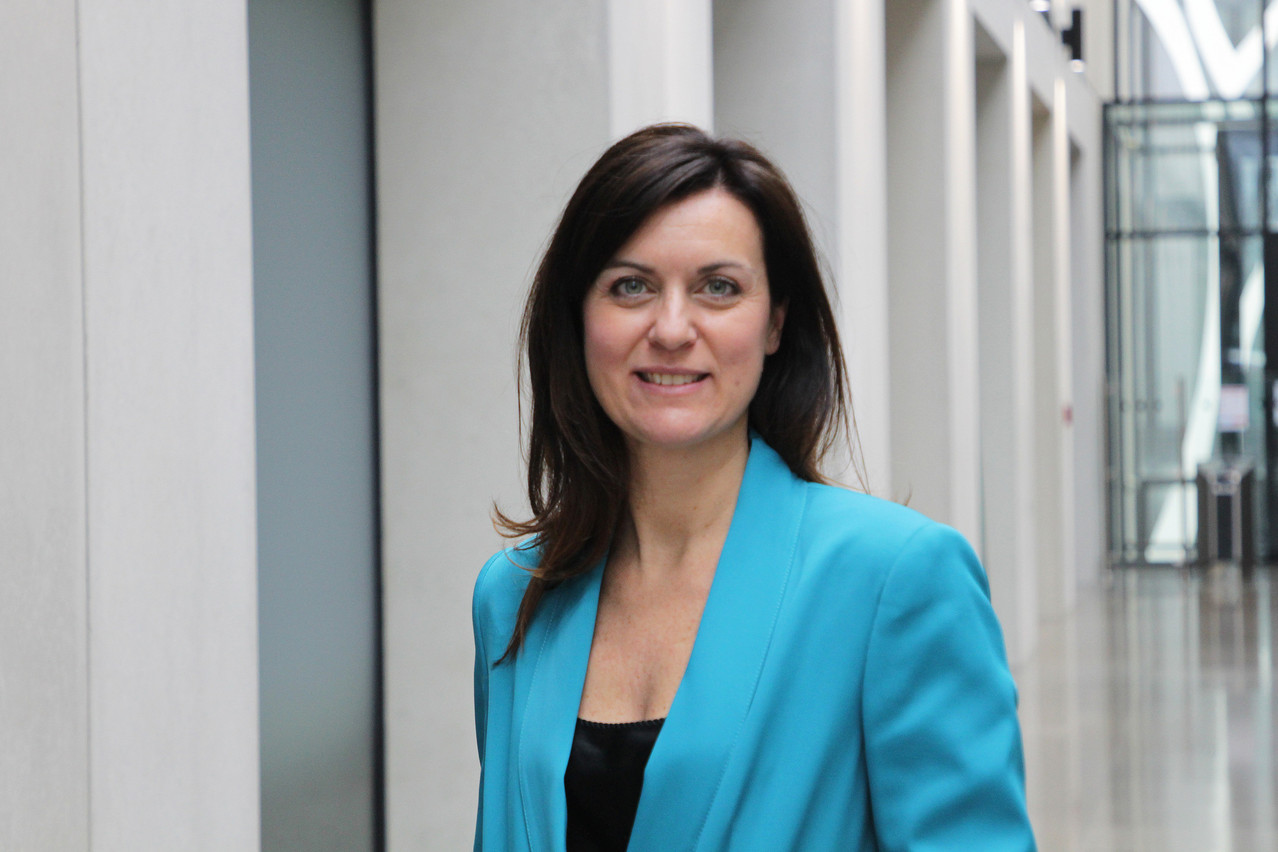In recent years, banks’ senior management have placed sustainability at the top of their agendas. However, with sustainability pressures now reaching a tipping point, banks realize that sustainability transformation must be placed at the heart of their strategy as it affects every aspect of life and business.
The momentum of sustainability transformation is driven by two factors:
Firstly, regulators’ increasing engagement that is driven by the public’s growing concern. We are now seeing an EU-level tightening of rules and significant acceleration of sustainable finance as part of the EU Action Plan. While banks have just passed the first deadline on disclosure, there are plenty of others on their way like taxonomy; benchmarks; environmental, social and corporate governance (ESG) risk; and the MIFID2 update. And this is only a partial list of the long-term regulatory initiatives that require banks to rapidly take action to understand and put them into practice.
Secondly, client demand is increasing ESG practices in banks’ product offerings. Sustainability is increasingly seen as an investment criterion: “Changing investor behavior and belief is much more important than changing governance regimes.”
Therefore, banks play an instrumental role in the implementation of the EU Action Plan, and more largely in helping to ensure a viable future.
But what is the exact role that banks can play in this context?
Banks need strategic ESG programs for long-term value creation. They need to look ahead, around, and inside to speed up their sustainability transformation journeys or risk being left behind:
· Look ahead—define their level of ambition for each sustainability strategy element as a starting point. It must be realistic and authentic as public scrutiny is constantly growing, and completely avoid greenwashing. Banks must ask themselves: can we become pioneers, or should we comply with the minimum requirements first and then start to close the gap with competitors?
· Look around—leverage the surrounding ecosystem to create a competitive advantage. Banks must embrace an ecosystem approach to build strong partnerships so we can learn from each other and accelerate the transformation. Luxembourg is constantly growing and reinforcing its existing ecosystem with an ESG layer.
· Look inside—consider how business operations could be reconfigured to accelerate the transformation toward greater sustainability.
Banks will be confronted with several challenges in this transformation journey, beginning with reconfiguring their business strategy to reflect their clients’ and employees’ needs.
Millennials and Generation Z are choosing sustainable products and services over less sustainable equivalents. They expect banks to offer real ESG products, such as a 100% decarbonized banking account. Consequently, banks are having to strengthen their commitment to sustainability and make it credible. Recently, we are seeing that neobanks, as well as a few established banks, are transforming, educating and guiding their clients to invest in ESG products, confirming the central role of banks and a concrete business case.
With ESG product definition comes ESG risk and management.
ESG is a non-financial risk that is receiving increasing attention from banks and regulators, with banks acknowledging that ESG risks are now substantial enough to be strategic. Banks will need to be ready to meet the evolving regulatory requirements in this area. Regulators are constantly issuing guidance and recommendations to encourage banks to prioritize ESG risk management, as the perceived level of maturity in effectively managing this risk is still low.
It is becoming obvious that the transformation toward sustainability is a transversal program, impacting all levels of a bank and its operating model from front to back. Therefore, banks are increasingly appointing “Chief Sustainability Officer” to design and coordinate this long-term transformation.
Going forward, here are the top three recommendations for banks to boost their sustainability journeys:
- Reconfigure their business strategy, as their strategy will need to address sustainability and be sustainability proofed, both from a client and a regulatory perspective;
- Create and disseminate ESG governance and culture throughout the organization, aligning teams by engaging, educating and connecting; and
- Track and monitor the bank’s progress towards a “sustainable bank”.
Quote by Rebecca Henderson, Harvard Business School, in an interview with Roland Berger on Sept 2020.
Deloitte Center for the Edge point of view described in the article .
Tomorrow, Helios, Green-Got and OnlyOne.
